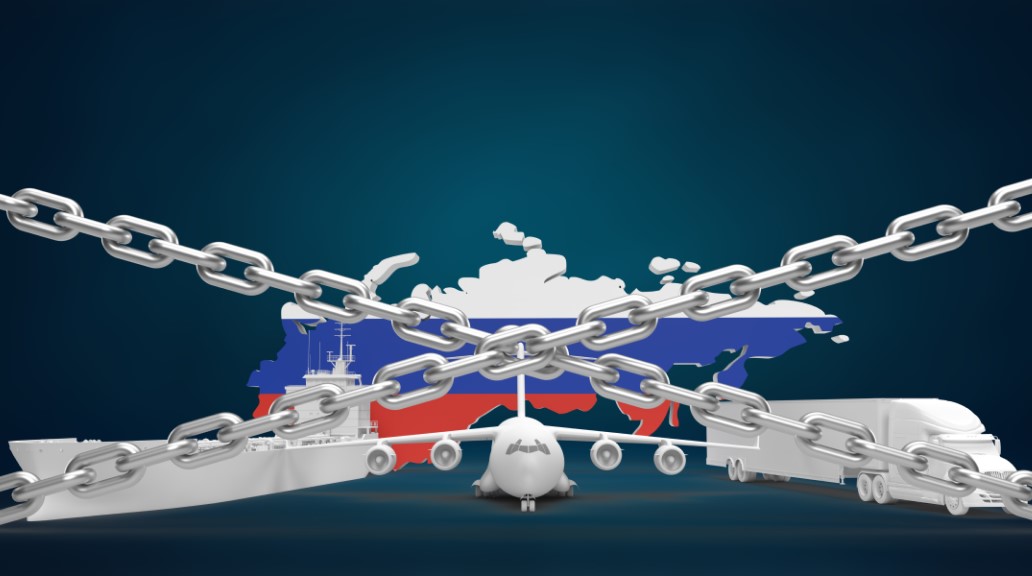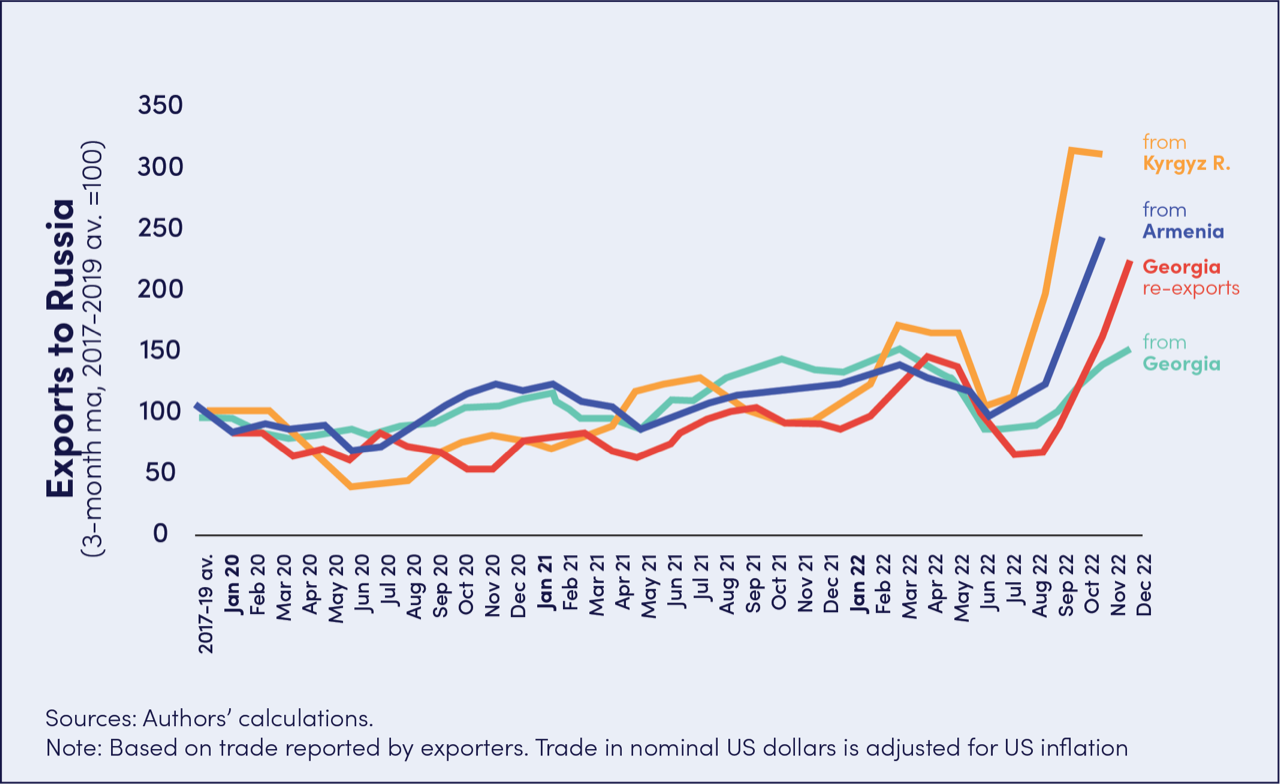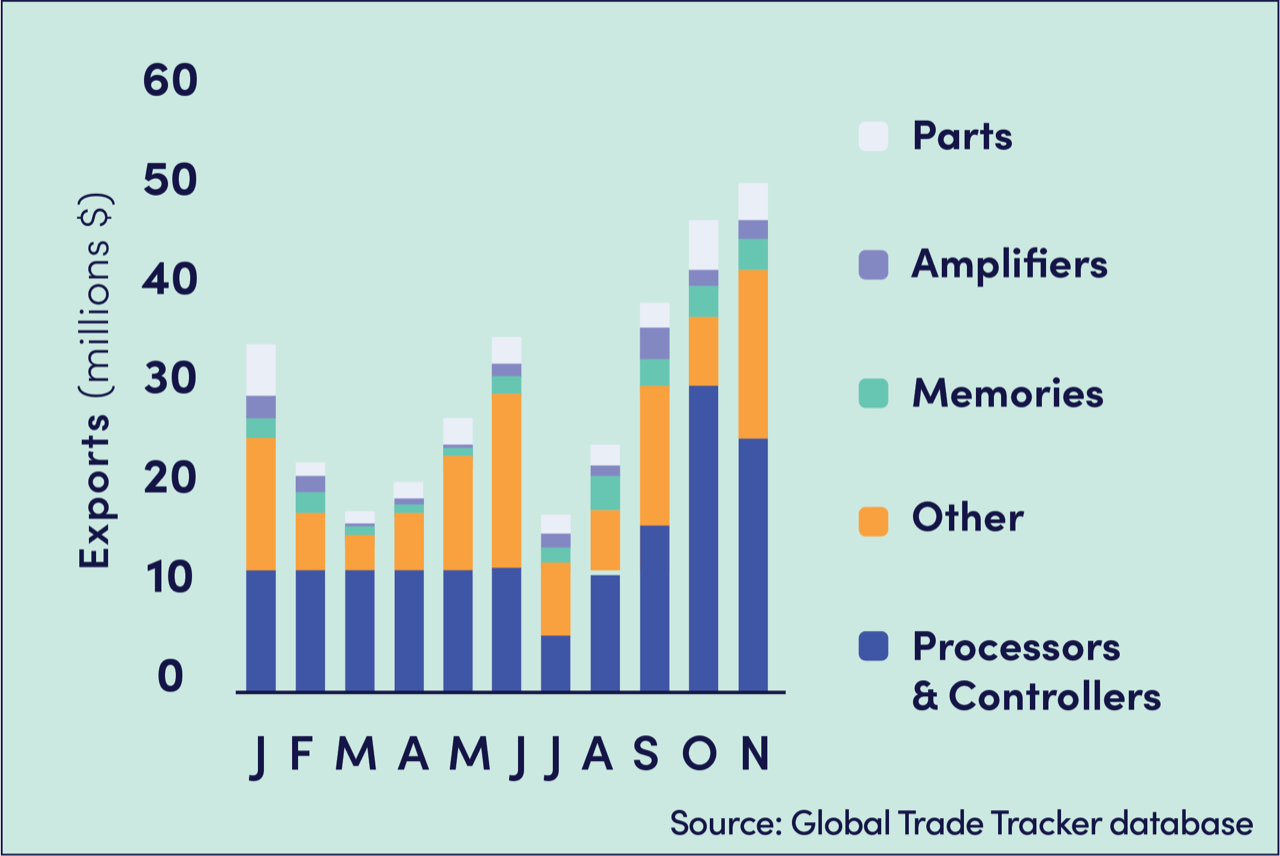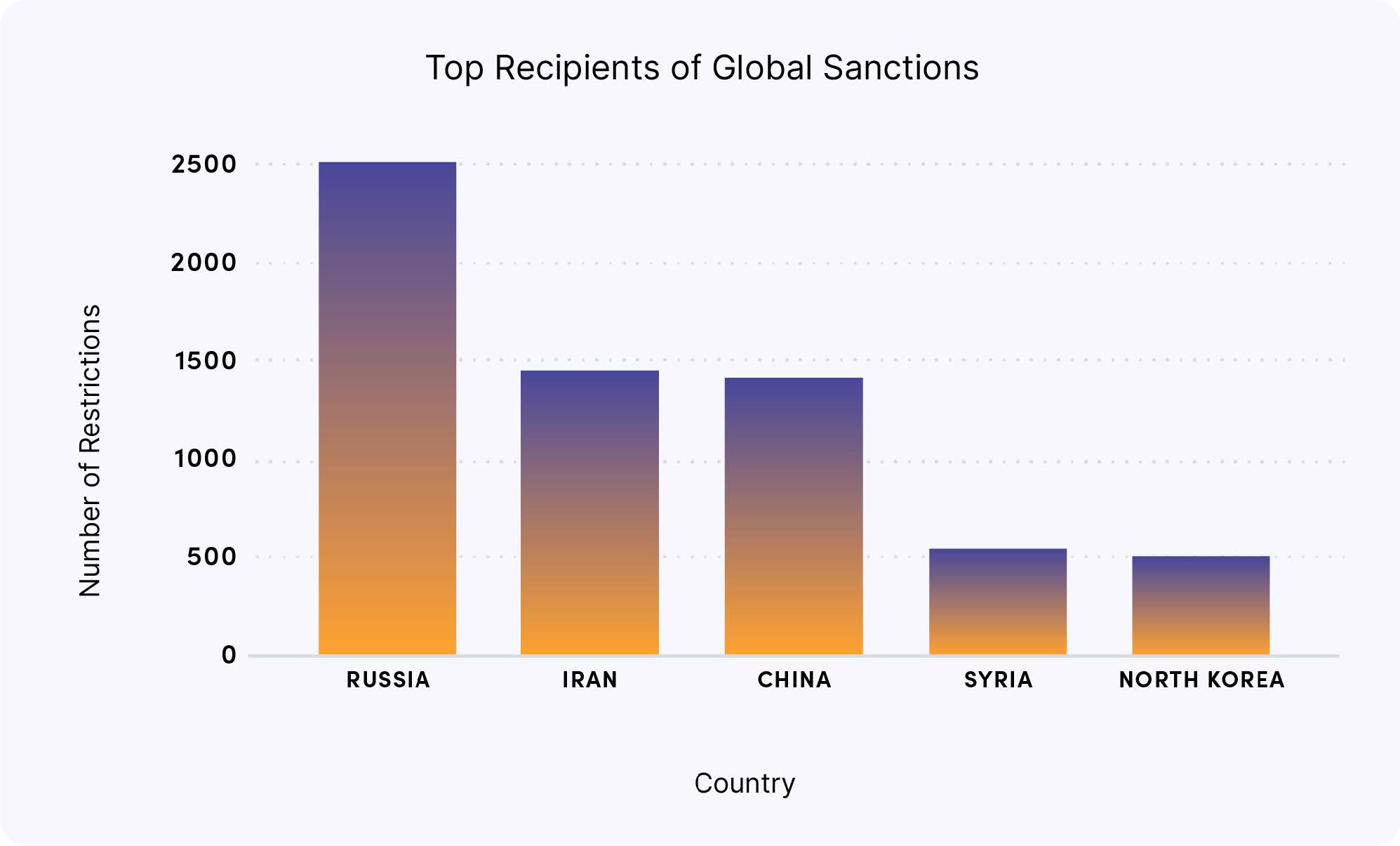By Geraint John
Companies in critical industries on both sides of the Atlantic face more stringent cybersecurity regulations as governments seek to boost national security and operational resilience.
New laws passed in the U.S. and Europe call for rapid reporting of significant cyber attacks and ransom payments, improved cyber risk management practices, a greater focus on supply chain partners such as IT and cloud services providers, and stronger collaboration between the public and private sectors.
Crucially, the legislation also extends the range of firms covered from those operating core infrastructure. That includes everything from water and transport to services such as banking, telecommunications, and healthcare, along with manufacturers of food, chemicals, pharmaceuticals, medical devices, and other “essential” products.
White House and SEC Work to Improve U.S. Critical Infrastructure Cybersecurity
In the U.S., the Biden Administration published its National Cybersecurity Strategy at the beginning of March. The first of its five pillars is titled “Defend Critical Infrastructure.” The strategy is aimed at both federal agencies and private-sector companies.
The strategy document argues that “the lack of mandatory requirements has resulted in inadequate and inconsistent outcomes.”
As well as targeting critical infrastructure providers, it also pledges to “drive better cybersecurity practices in the cloud computing industry and for other essential third-party services” that these organizations depend on.
In March 2022, President Biden signed into law the Cyber Incident Reporting for Critical Infrastructure Act, which requires companies to report certain types of cyber attacks to the Cybersecurity and Infrastructure Security Agency (CISA) within 72 hours and ransom payments within 24 hours.
CISA is currently working on implementing the reporting requirements, which must take effect by September 2025 at the latest.
Separately, the Securities and Exchange Commission (SEC) is expected to finalize its Cybersecurity Risk Management, Strategy, Governance, and Incident Disclosure rules in April. These will require public companies to report “material” incidents within four business days. They must also provide updates on previous cyber attacks.
European Union Upgrades its Main Cybersecurity Directive
In Europe, the new Network and Information Security (NIS2) directive came into force on January 16th. It replaces the first-iteration NIS law, which has been operating since 2018. NIS2 is designed to strengthen security requirements, reporting obligations, and supply chain cybersecurity.
NIS2 also provides for stricter enforcement, with administrative fines of up to €10 million or 2% of global revenue for non-compliance.
Like the U.S. legislation, NIS2 expands its scope to a broader range of “critical sectors and services,” including information and communications technology (ICT) providers.
The new directive joins a raft of other new European Union laws, including the Digital Operational Resilience Act (DORA) for financial services and the Critical Entities Resilience (CER) Directive, which addresses physical security and terrorism, as well as cybersecurity.
E.U. member states have until October 17th 2024 to transpose NIS2’s measures into national law.
A European Parliament briefing document on NIS2 argues that companies need to invest more in cybersecurity. It cites study data suggesting that E.U. organizations spend on average 41% less on cybersecurity than their U.S. counterparts.
Interos Analysis: Cyber Risk Status in Energy and Healthcare Firms
To assess the impact of this spending gap, and to identify where cybersecurity practices are most in need of improvement, Interos conducted an analysis of cyber risk scores for the top 10 U.S. and European (E.U. plus U.K.) electric utilities, energy, and healthcare (pharmaceutical manufacturing) companies using our newly enhanced cyber risk model.
This analysis found that:
- Overall company cyber risk scores – calculated from 20 subfactors and 91 attributes at both a firm and country level – vary widely. They go from a low of 59/100 — in the case of a European oil company — to a high of 82/100 for a European renewable electricity generator. The median score of 66 equates to only a “medium” level of cybersecurity protection.
- At the firm level, U.S. and European companies are on a par, with both having a median score of 62/100. U.S. electric utility and energy companies score four points higher on average than their European counterparts, while in healthcare (pharma) the reverse is true. Again, all scores indicate medium levels of risk, which suggests plenty of room for improvement in cybersecurity practices.
- The weakest areas of firm-level cybersecurity are in software-as-a-service bill of materials (SaaSBOM) vulnerabilities (average score 35/100), advanced persistent threat (APT) group activities (43/100), and compliance with public cybersecurity standards and frameworks (47/100) – a key element in the new legislation. There is also a big variation of scores between companies in web application security, web encryption, network filtering, e-mail security, and software patching.
- At the country level, European firms score two points higher on average than those in the U.S. (82/100 against 80/100, indicating low cyber risk). The U.S. is rated significantly higher for its digital infrastructure (92 vs 65), and somewhat higher for cyber governance, resilience, and international collaboration. European countries score 20 points better on average on the risk of data access and manipulation in their business environment and as a geographic target for cyber attacks.
Transparency and Collaboration Vital to Manage Critical Infrastructure Cybersecurity
Cyber risk scores for critical infrastructure firms and their key suppliers, together with the new American and European legislation, are set to bring a new level of openness to cybersecurity.
Last week, during a webinar hosted by Interos, data partners BitSight and Equifax welcomed this development.
Commenting on the new SEC rules, Derek Vadala, chief risk officer of BitSight and a former chief information security officer at Moody’s, said the rules would bring much-needed transparency and culture change to the industry.
While it will take time for companies to understand what the new rules require, those companies that are more open about how they manage cyber risks today – for example, by publishing annual reports – are in a better position than those that do the bare minimum, Vadala argued.
The credit reference agency Equifax is also following this approach. It has published a cyber strategy and roadmap report for the past three years. According to Zach Tisher, its vice president of security risk, strategy and communications, “Security should not be a trade secret.”
As well as more open disclosure, Tisher argued that:
- Employers need to bake cybersecurity into employees’ compensation plans to incentivize and reward good behavior.
- Training must move away from the one-hour annual compliance session and be tailored better to staff needs.
- Point-in-time questionnaires sent to suppliers and third parties aren’t sufficient; instead, real-time monitoring of cybersecurity controls is necessary.
- Better collaboration with partners and vendors is vital to manage growing supply chain threats and requirements.
Third-party risk management has been the biggest trend in cybersecurity during the past couple of years, Tisher noted. “Supply chain is a top threat vector and it’s increasing all the time.”
This means that companies need to focus their cyber risk management efforts as far upstream as their sixth parties (tier-4 suppliers), he added.








